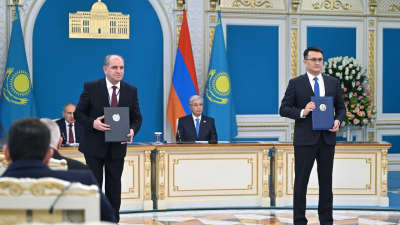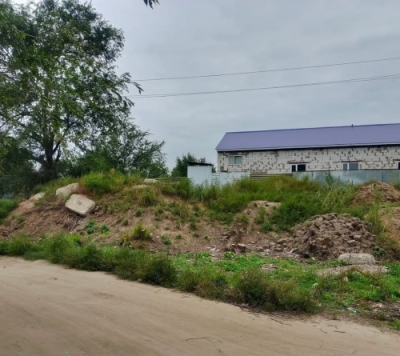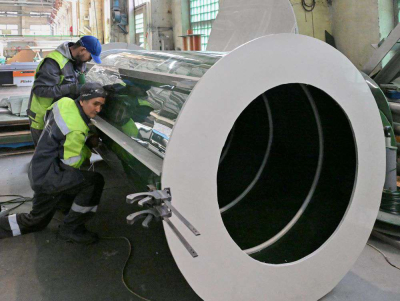Kazakhstan, Kyrgyzstan, and Uzbekistan will pay for construction work, due to start this year
The governments of Kazakhstan, Kyrgyzstan, and Uzbekistan agreed on April 15 to establish a joint company for the construction of the Kambar-Ata-1 dam on the Naryn river, around 150 kilometers south-west of Kyrgyzstan’s capital Bishkek.
This is an important development for a project that had been under negotiation for decades. In January 2023, the three governments had given the project new life with an initial joint agreement.
The Significance: Building the Kambar-Ata-1 dam and a hydropower plant (HPP) would improve energy security in a region with a growing deficit of electricity.
In addition, the project could be considered a diplomatic coup, as the three countries emphasized that the agreement was signed “in order to further strengthen friendly relations between the states”. This is important because a few years ago it was Russia who had come forward to invest in the construction of the Kambar-Ata-1 dam and HPP, before plans fell through.
The Details: Kazakhstan (33%), Kyrgyzstan (34%), and Uzbekistan (33%) will co-own the company responsible for the construction, according to the agreement. Funding will come both from government budgets and from loans and grants from international financial institutions, like the World Bank and the IMF.
Once the project is completed, under Article 9 of the agreement, the full ownership of the dam and the HPP will be transferred to the Kyrgyz government.
The Background: The Kambar-Ata hydroelectric complex was designed in the Soviet era, but scaled down after 1991. The construction of the first dam and power plant, called Kambar-Ata-2, resumed in 2003 and concluded in 2010. According to official data, construction costs amounted to $278 million. Kambar-Ata-2’s 120 MW capacity is currently being used at 75% of its potential because transmission lines lack sufficient capacity.
The operator of Kambar-Ata-2 is Electric Stations, a Kyrgyz state-owned company that also operates other hydropower stations and two combined heat and power stations in Bishkek and Osh, the country’s second-largest city.
Kambar-Ata-1 has a production plan of 5.6 billion kWh/year, around 10 times more than Kambar-Ata-2.
The Problem: Electricity shortages have hit the region in recent years, due to both infrastructure failure and inefficiency. Kazakhstan, Kyrgyzstan, and Uzbekistan alike have had to grapple with a growing deficit and their governments have scrambled for solutions after having witnessed a few tough winters in a row.
One solution floated by the Russian government is to build more power plants. Specifically, Russian companies were recently contracted to operate three new coal-fired stations in Kazakhstan. In addition, the Russian government is also lobbying the governments of Kazakhstan, Kyrgyzstan, and Uzbekistan to build new nuclear power plants.
Читайте этот материал на русском.
Поддержите журналистику, которой доверяют.














